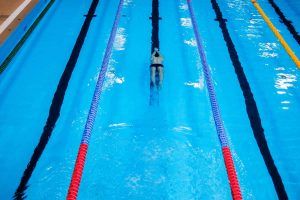
3 Stretches for More Undulation When Underwater Dolphin Kicking
Undulation is key for swimmers looking to improve their underwaters. Here are some stretches for improved range of movement and kicking speed.
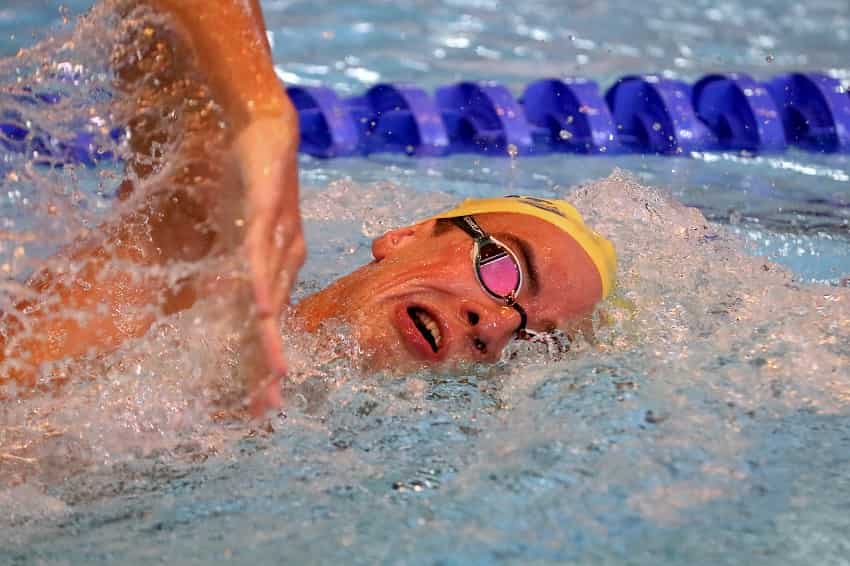
Get stronger and more explosive in the water with this list of the best strength training exercises for swimmers.
Strength training is a hot-button issue in our sport.
Misconceptions abound about lifting weights and their role in swimming performance.
Weight-lifting causes injuries. Strength training needs to completely mimic what I am doing in the water. Lifting weights will make me too bulky to swim.
Ultimately, strength training, when done properly and tactically, helps swimmers reduce injury, address muscle imbalances, provide a short-term boost of improvement via post-activation potentiation, and yup, help ‘em swim faster.
The biggest perk to lifting weights isn’t just the ego boost you get in the mirror.
Strength training helps you counter-strengthen muscles that are being overtrained. Think about the countless overhead and anterior (front of the body) movements you are doing in the water.
Those rounded shoulders? The super-tight hips and sore knees? Yup, looking at you two.
Okay, okay, you are probably thinking. But what are the absolute best strength training exercises for swimmers? Gimme what I came here for.
Of course, there are a ton of variables when it comes to strength training for swimmers.
From picking out the right exercises to address your goals in the water, to the age you start lifting, frequency and volume of your lifting, to properly programming your lifting to help you peak at the right times of the season.
Below is a list of my personal favorite strength training exercises for swimmers, based on 30+ years of experience in the sport, my fair share of injuries, research studies, and the feedback of a few Olympic champions and physiotherapists.
The list is not exhaustive, but it provides a solid starting point for swimmers looking to get stronger in and out of the water.
Let’s do this.
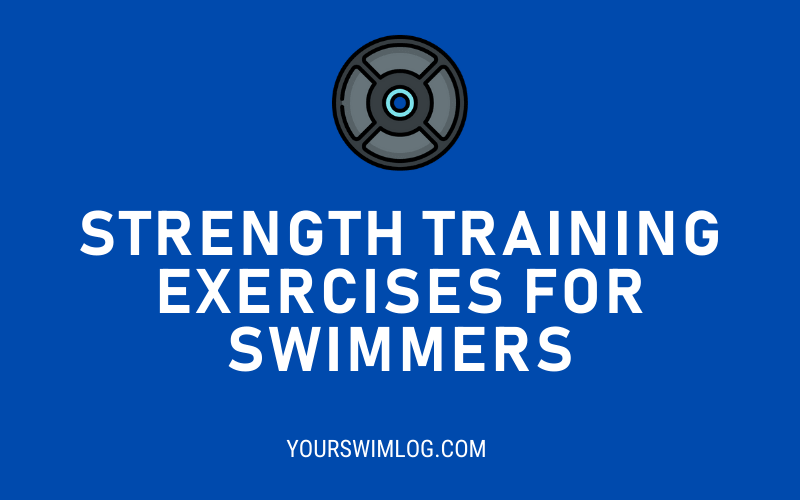
Pull-ups are a simple and highly effective exercise that targets a lot of the same muscles that you use to haul yourself through the water, making it an essential part of your dryland workouts. Pull-ups most noticeably hit your lats, helping you develop that overhead-and-pulling-down power that gets you through the water.
But there’s more: pull-ups also target your t-spine, forearms (helpful in strengthening your early vertical forearm), traps, arms, and shoulders. Not bad for an exercise that doesn’t require any equipment outside of a sturdy weight-bearing pull-up bar.
According to his 2009 autobiography, No Limits, the GOAT, Michael Phelps, could do up to 34 pull-ups in a row. Olympic 100-meter freestyle champion Nathan Adrian can do them with up to an additional 130 pounds dangling off his waist.
“This exercise helps increase my strength-to-weight ratio in a movement that directly translates to the pool,” Adrian says.
Although banging out a metric ton of reps might boost self-confidence, the priority is doing pull-ups properly and with correct technique (just like anything else in the gym or in the pool, for that matter).
According to a study published in the Journal of Strength Conditioning Research, titled “Relationship Between Dryland Strength and Swimming Performance: Pull-Up Mechanics as a Predictor of Swimming Speed,” researchers evaluated and tested a group of competitive swimmers to see if pull-up strength correlated with swimming speed.
Sure enough, the group of twelve male swimmers, with an average age of 19 years, who swam fastest had the best mechanics on the bar. It wasn’t who did the most repetitions, but the swimmers who did pull-ups with the best mechanics that swam fastest.
As in the pool, technique is king when it comes to strength training for swimmers.
The progressions and variations with pull-ups are almost endless. For beginners, start with simple hangs and inverted body rows before progressing to assisted and negative pull-ups.
“I love pull-ups,” says Ryan Murphy, Olympic and NCAA champion backstroker. “You can do so many different variations of overhand and just really isolate the lats. You can do underhand and get a little bit of biceps in there. You can go wide grip and get a little bit of chest so there’s just so many different kinds of variations of pull-ups.”
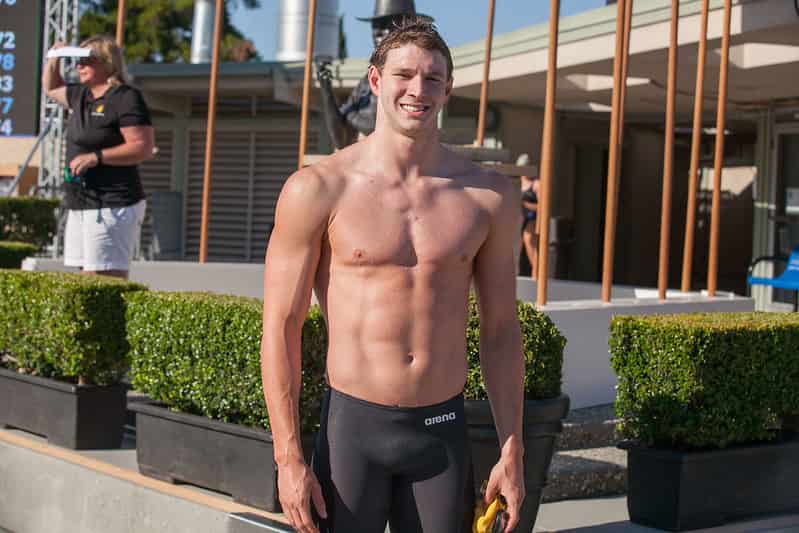
The barbell bench press is a strength training O.G. And it’s undoubtedly one of the best ways to develop muscle and power in your upper body.
But for swimmers, who require a high degree of scapular stability, and who aren’t exclusively focused on building muscle mass, the barbell bench press comes with some limitations.
With the upper back pinned to the bench, the shoulder blades are immobilized. The dumbbell variation of the bench press allows the shoulders to move in a more natural pattern, with a greater range of motion.
There are a few other reasons I prefer the dumbbell bench press over the traditional barbell:
Fast swimmers have strong legs and a fast kick.
Training the kind of kick that helps you close your swim races is built in the pool, doing lots of kick and focusing on improving technique, but power and strength come from the gym.
Squats have practical implications in two obvious areas:
These are the two sections of the races where swimmers are moving at peak speed.
Every meter between the start and turns is spent just trying to hold onto the speed that you start with.
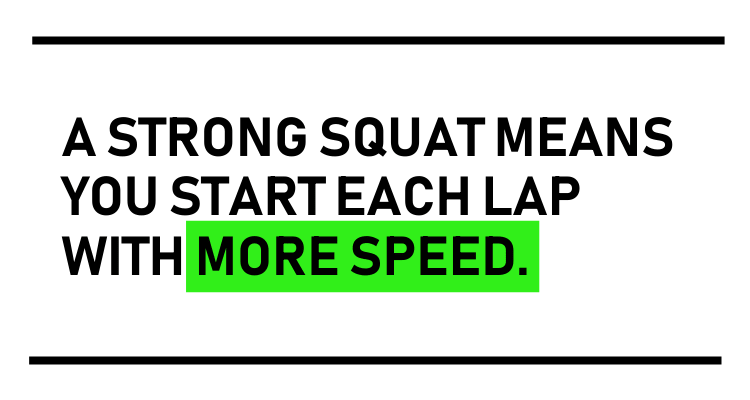
So yeah, squatting is important. And research has shown repeatedly (Science! More science!) that squatting can significantly increase jumping ability and explosiveness.
When it comes to the best squat, that is a whole other debate. I love using jump squats because they require no equipment (perfect for those home-based workouts) and explosive movements are simply fun.
Balancing the plyometric nature of squat jumps with weights is a proven way to develop strength and speed.
When it comes to heavy squats, Olympic backstroke champion Ryan Murphy prefers front squats versus back squats as they force the lifter to really brace their core.
“I’m not a huge fan of back squats,” he says. “It’s easy to hurt the back and I’m much more of a proponent of front squats. You really have to brace the abs and hold your body upright. You can’t do as much weight, but it’s really a whole-body exercise.”
Swimming is an anterior-dominant activity. This means that the front of the body is the driver of action most of the time, which means that your posterior (glutes, hamstrings, calves, lower back) are under-developed from thousands of reps of anterior-dominant movements.
One of my favorite exercises of all time for swimmers is the glute bridge.
You lay on your back, and raise your pelvis off the floor, driving your heels into the ground, firing muscles up and down the posterior chain from your lower back to your calves.
There are three ways you can use glute bridges in your strength training programming:
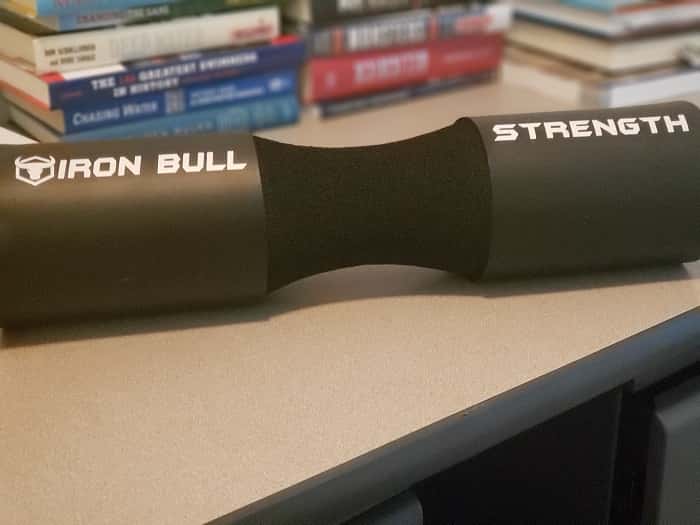
Swimming is a unique sport for a lot of reasons. The weightlessness, the relentless focus on improving efficiency, the battle against the density of the water.
On top of that, we have a key part of our race that cannot be trained in the water: the start.
The start has always been important, but swimmers like Flo Manaudou, Brad Tandy, Bill Pilczuk (here’s a quick history lesson on Bill and how his devotion to a fast start upset the best sprinter in history), and most recently, Caeleb Dressel and his world-beating start have shown how game-changing an explosive start can be.
The technique of the swim start is something you should be working at while you are at the pool. Having a clean entry, not having your hips sink too deep, and using your arms to pull you forward and propel you through the air.
But getting more distance off the blocks and more velocity starts in the gym, and one proven exercise for accomplishing both of these goals is the broad jump, a plyometric exercise that both beginners and Olympic-level swimmers can do.
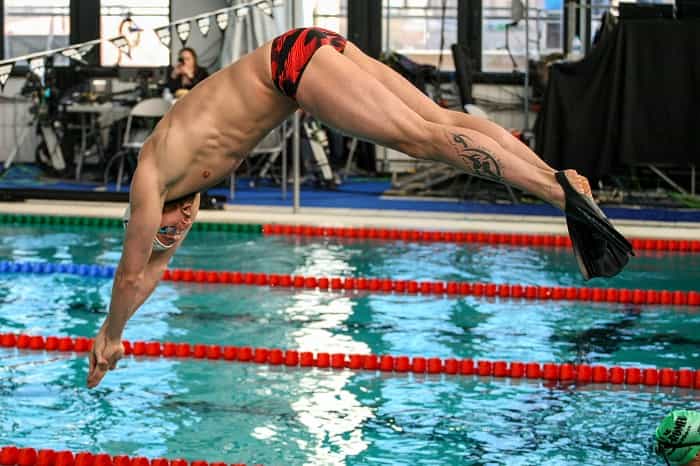
According to a paper titled “Plyometric Long Jump Training With Progressive Loading Improves Kinetic and Kinematic Swimming Start Parameters” published in the Journal of Strength Conditioning Research, found that a plyometric program focused on broad jumps increased horizontal velocity and distance off the start.
The intervention was a 9-week dryland program that prioritized broad jumps. For the first two weeks, the swimmers did 8×2 broad jumps twice a week. For the following seven weeks, 15×2 reps. The jumps were performed off a small platform that was angled the same as a regular starting block.
At the end of the seven weeks, the swimmers generated 7% more horizontal force (getting further off the block) and picked up a 16% increase in horizontal velocity (getting faster off the block).
With broad jumps, the key is explosive power, so take generous amounts of rest between sets (the study cited above had the swimmers resting for two minutes between sets).
Stick the landing with “soft” feet. And make sure that you are measuring the distance to keep yourself focused and accountable to good form and maximum effort.
And now for your regularly scheduled disclaimer. Weight training is a tool to help your performance in the water. Use it to complement your training. (And as always–check with your doctor and coach before undertaking any type of physical training program.)
With that out of the way, here are some tips for making strength training a durable fixture of your training program:
Often, swimmers and coaches will go a little overboard with sport-specificity when it comes to dryland and lifting weights. They will only replicate swimming movements on the pool deck and add load.
And the idea makes sense: train the movements on dryland that you want to perform in the water.
But strength training isn’t just about training yourself to perform on race day, it’s to help strengthen you to withstand long bouts of training, injury-proof your water-training, and address imbalances and strength deficiencies.
Strength training for swimmers should focus on developing a stronger athlete. Faster swimming will happen naturally as a result.
A curious thing I see with swimmers who are very proficient in the water is that they think this automagically translates to the gym. Done improperly, weight-lifting is a quick and easy way to injure yourself.
One paper followed an NCAA Division I swim team for four years and half of the training injuries the swimmers incurred happened outside of the water.
Have a plan that progresses, allows for sufficient recovery, and doesn’t leave you crippled with DOMS after the first session.
Look, I get the temptation to walk into the weight room for the first time and load up the bar and hammer time on the reps.
But if you haven’t lifted before, or haven’t lifted in a long while, stick to technique and bodyweight work to get started.
Even if that means starting with lifting with “just” your bodyweight.
“Focus on mastering proper movement mechanics with your own body weight,” says Jason Dierking, the strength and conditioning coach for the University of Louisville’s swim team. “Having the ability to squat, hip hinge, and perform a perfect chest-to-floor push-up will put you ahead.”
If you aren’t able to lift with proper form and function not only are boosting the likelihood of hurting yourself, you also aren’t getting the proper benefit and improvement from the exercise. Total double fail.
Total weight might be good for the ego, but total form is what will help you swim fast, get properly strong, and reduce injury.
Subscribe to the YourSwimLog.com newsletter and get tips and advice on how to swim faster every weekday morning, straight to your inbox.
Join 33,000+ swimmers, coaches, and swim parents learning what it takes to swim like a boss.
Unsubscribe anytime. Email will never be shared or sold.

Olivier Poirier-Leroy Olivier Poirier-Leroy is the founder of YourSwimLog.com. He is an author, former national level swimmer, two-time Olympic Trials qualifier, and swim coach.

Undulation is key for swimmers looking to improve their underwaters. Here are some stretches for improved range of movement and kicking speed.
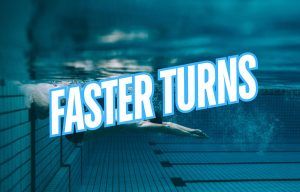
Looking to improve your turns in the pool? Here are some sets, drills, and tips for faster turns and faster swimming.
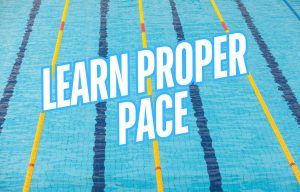
Improve energy efficiency, endurance, and swimming speed with these swim workouts for learning proper pacing.
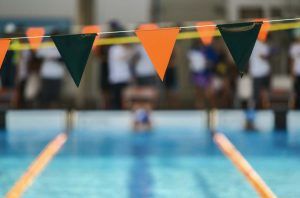
Ready to take your underwaters to the next level? Here are three things swimmers can learn from one of the fastest swimmers and dolphin kickers on the planet.
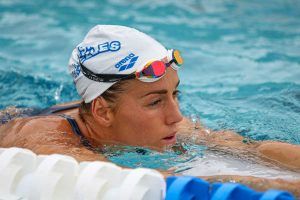
Looking to get more speed from your kick? Add this dryland exercise to your swimming warm-up before your next all-out kick set.
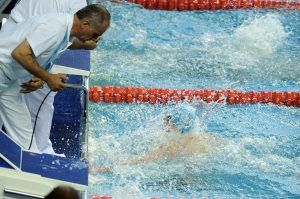
Ready to improve your swim turns? Here are the best dryland exercises to help swimmers achieve faster and stronger turns.

LANE 6 PUBLISHING © 2012-2024 · PRIVACY POLICY · RETURN POLICY · TERMS OF SERVICE · AFFILIATE DISCLOSURE